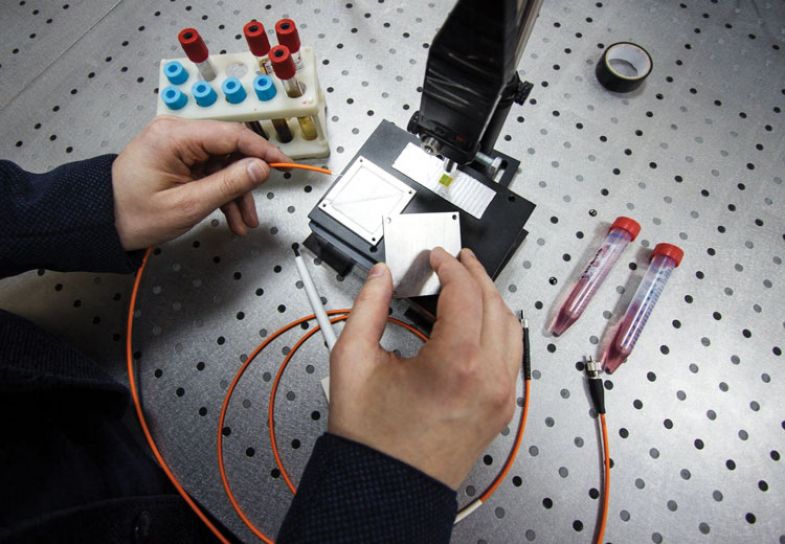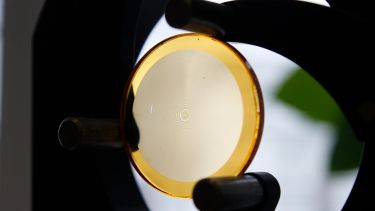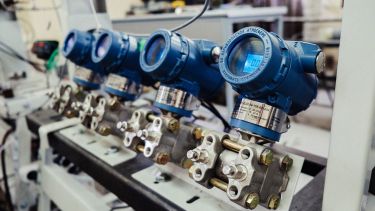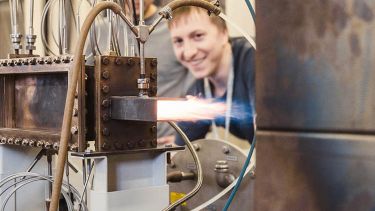
Scientists at Samara National Research University are developing methods of optical diagnostics to detect cancer and other pathologies
For more than five years, the photonics laboratory at Samara National Research University has been engaged in research that aims to accelerate the diagnosis of many diseases using optical non-invasive methods. Optical non-invasive diagnostics examine tissue and analyse the obtained spectral data to determine the biochemical changes occurring in these tissues during the development of disease.
Samara University scientists have used the principle of Raman scattering – the inelastic scattering of photons – to develop their own methods and devices for tissue analysis. In the photonics laboratory, which is part of the department of laser and biotechnical systems, scientists are studying the many other optical methods that can be used for diagnostics, which include backscattering of light, optical tomography, fluorescence and Raman spectroscopy.
During Raman scattering, photons can exchange energy with molecules of biological tissue. “This process is much weaker than normal light scattering, for example, the visible light that is reflected from our skin,” says Dr Ivan Bratchenko, associate professor at Samara University’s department of laser and biotechnical systems.
“Modern precise detectors of optical signals can detect weak Raman scattering. In fact, we restore the spectrum of the substance under study. Often, this spectrum is compared with a fingerprint. Each chemical component has its own spectral profile. The profile that we capture is like a fingerprint for a criminologist. A criminologist can identify a person by a fingerprint; we can determine the specific chemical composition of body tissue through the spectrum and thus understand whether the disease is developing.” Samara University scientists believe that any human tissue can be analysed by optical methods to understand its state and how it might develop.
The laboratory is actively engaged in the diagnosis of skin cancer and kidney diseases. Samara University is working on a joint project with the Institute of Electronics at the Bulgarian Academy of Sciences, testing an approach that combines several methods to detect benign and malignant skin cancer. The integrated approach involves colleagues in Russia using Raman spectroscopy, while those in Bulgaria use fluorescence analysis to improve the accuracy of diagnosis.
“The effectiveness of the optical biopsy depends on the type of cancer formation,” says Dr Bratchenko. “In the diagnosis of skin cancer, the accuracy is above 90 per cent, and we can diagnose kidney diseases with an accuracy of more than 97 per cent just by irradiating the skin and without taking a tissue sample. The methods we offer do not harm the patient in any way.”
The laboratory has already begun testing its devices in clinical trials in the following ways: measuring Raman scattering to study the spectral characteristics of neoplasms; using a dermatoscope to visualise tumour features; and using a hyperspectral camera to obtain images of tumours in various spectral ranges.
These forward-thinking methods speed up the process of pathology diagnosis and improve its accuracy without the use of invasive procedures, ultimately increasing the survival rate of patients through earlier disease detection and wider coverage of the population.
Find out more about Samara National Research University.








